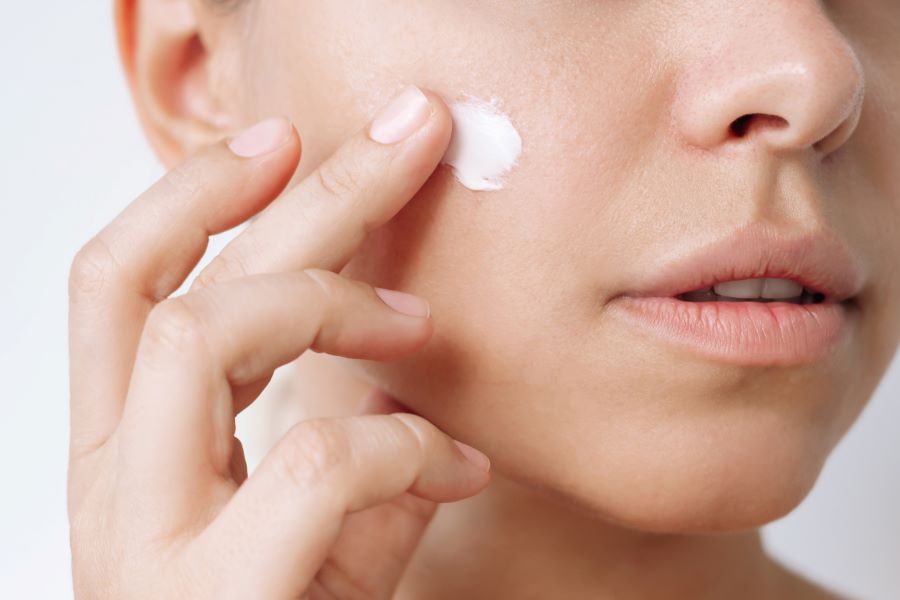Beyond Bronzing: Adaptive Tanning Innovations for Sensitive Skin
The beauty industry has long been fascinated with the sun-kissed glow that represents health, vitality, and leisure. For generations, achieving the perfect tan has been a cornerstone of beauty standards across many cultures, evolving from dangerous sunbathing practices to elaborate artificial solutions. However, for the estimated 70% of the global population with sensitive skin concerns, traditional tanning methods have remained largely inaccessible, causing reactions ranging from mild irritation to severe dermatological issues. This exclusion has created a significant gap in the market that innovative formulators have only recently begun to address with targeted solutions. The emerging field of adaptive tanning technology represents a revolutionary approach that considers skin sensitivity not as an afterthought, but as the central focus of product development.

The Sensitive Skin Predicament
Sensitive skin isn’t merely a minor inconvenience—it’s a complex physiological condition affecting millions worldwide. Characterized by heightened reactivity to environmental factors, sensitive skin typically features a compromised skin barrier, leading to increased permeability and vulnerability to irritants. Traditional tanning products, with their harsh chemicals like dihydroxyacetone (DHA), fragrances, and preservatives, often trigger inflammatory responses in sensitive skin types.
Dr. Elena Markovich, dermatologist and researcher at the European Skin Institute, explains: “The skin barrier in sensitive individuals is fundamentally different at a cellular level. It processes chemicals differently and has a lower threshold for irritation, making standard tanning formulations problematic regardless of application method.”
Research from the Journal of Cosmetic Dermatology indicates that up to 78% of individuals with diagnosed sensitive skin have reported negative reactions to conventional tanning products. These reactions range from contact dermatitis and excessive dryness to more severe conditions like hyperpigmentation and prolonged inflammation.
The Science of Adaptive Pigmentation
Adaptive tanning technology represents a significant departure from conventional self-tanning formulations. Rather than applying a universal chemical reaction across all skin types, these systems utilize biomimetic technology—compounds designed to work with the skin’s natural processes rather than override them.
The foundation of adaptive pigmentation lies in customized erythrulose derivatives, which develop more gradually than traditional DHA. These compounds interact with amino acids in the skin’s surface at varying rates depending on the skin’s pH, moisture levels, and baseline sensitivity.
“These formulations contain intelligent molecules that can essentially ‘read’ the skin’s condition and adjust their development accordingly,” notes cosmetic chemist Dr. Raymond Fong. “For example, if the skin barrier is compromised—as is common with sensitive skin—the reaction slows automatically, preventing oversaturation and irritation.”
Another breakthrough in this technology involves microencapsulation—the process of containing active ingredients within microscopic protective shells that dissolve at different rates. This controlled release mechanism ensures that sensitive skin isn’t overwhelmed by a sudden influx of active compounds.
Barrier-Repairing Botanicals
What truly distinguishes adaptive tanning for sensitive skin is the integration of barrier-repairing botanicals that work synergistically with the tanning agents. These formulations prioritize skin health alongside cosmetic results—a fundamental shift in approach.
Centella asiatica (tiger grass) extract has emerged as a star ingredient in these formulations. Studies published in the International Journal of Molecular Sciences demonstrate its ability to strengthen the skin barrier through enhanced collagen synthesis and reduced inflammation—precisely what sensitive skin requires during the tanning process.
Other promising botanical inclusions are:
-
Ophiopogon japonicus root extract: Contains ruscogenin, which reduces inflammatory markers in sensitized skin
-
Chaga mushroom polysaccharides: Provide antioxidant protection during the tanning reaction
-
Ectoin: A natural extremolyte that protects cell structures against environmental stress
“The incorporation of these ingredients means we’re not just coloring the skin—we’re actively improving its condition while developing the tan,” explains formulator Sarah Henderson. “This represents a fundamental shift from tanning as potentially damaging to tanning as therapeutic.”
Application Methodology Evolution
The effectiveness of adaptive tanning technology extends beyond formulation to application methodology. Traditional tanning products typically require immediate, thorough application—a process that can stress sensitive skin through physical manipulation. Adaptive systems have pioneered gentler application techniques and delivery systems.
Microfiber application tools specifically designed for sensitive skin have replaced traditional mitts. These tools utilize ultra-fine fibers with specialized weave patterns that deposit product with minimal friction. Some advanced systems incorporate sonic technology, which uses gentle vibrations rather than rubbing to distribute product evenly.
Time-release systems represent another innovation. Unlike conventional tanners that require complete application in one session, newer methodologies allow for gradual building through ultra-light layers applied over multiple days. This approach minimizes the concentration of active ingredients contacting the skin at any given time.
“The physical stress of application can be as triggering for sensitive skin as the ingredients themselves,” notes esthetician Maya Williams. “These new methodologies recognize that the entire tanning process needs reconsideration for sensitive skin types.”
Market Evolution and Accessibility
The market for specialized sensitive skin tanning products has grown exponentially, from approximately $18 million in 2018 to over $157 million in 2023, according to Beauty Industry Analytics. This growth reflects both increased consumer demand and formulation advancements making these products more effective.
Despite this growth, challenges in accessibility remain. Advanced adaptive formulations typically command premium pricing, with products averaging 30-40% higher cost than conventional alternatives. This price differential creates potential barriers for many consumers with sensitive skin concerns.
Industry analysts predict that as technology becomes more established, costs will decrease. Several major beauty conglomerates have announced investments in manufacturing processes specifically designed for sensitive skin formulations, potentially bringing economies of scale to this specialized market.
“The industry is recognizing that sensitive skin isn’t a niche concern but a mainstream consideration,” says market analyst Victoria Perez. “As formulation technology becomes more standardized, we expect to see these products become more financially accessible without compromising their specialized benefits.”
The evolution of adaptive tanning technology represents more than just another beauty innovation—it signifies an important shift toward inclusive beauty that accommodates physiological diversity. For those with sensitive skin who have long been excluded from achieving certain beauty standards, these developments offer not just cosmetic benefits but the psychological benefit of inclusion in a previously inaccessible beauty ritual.





